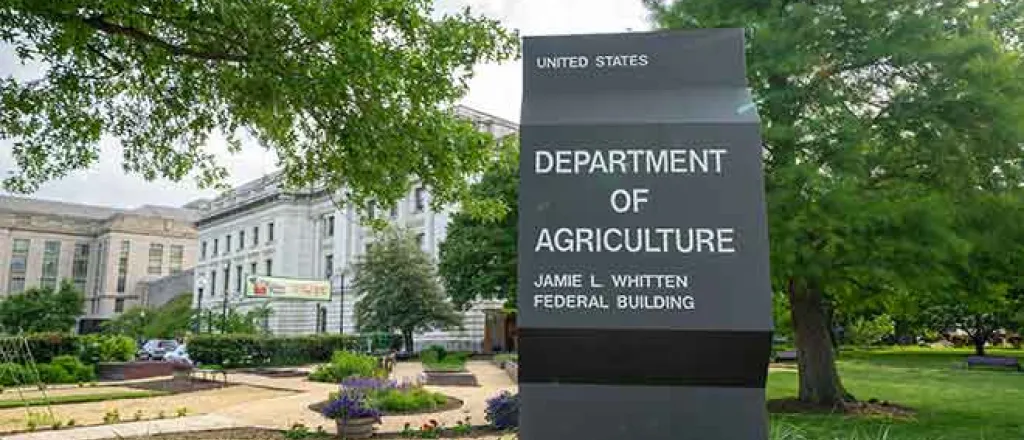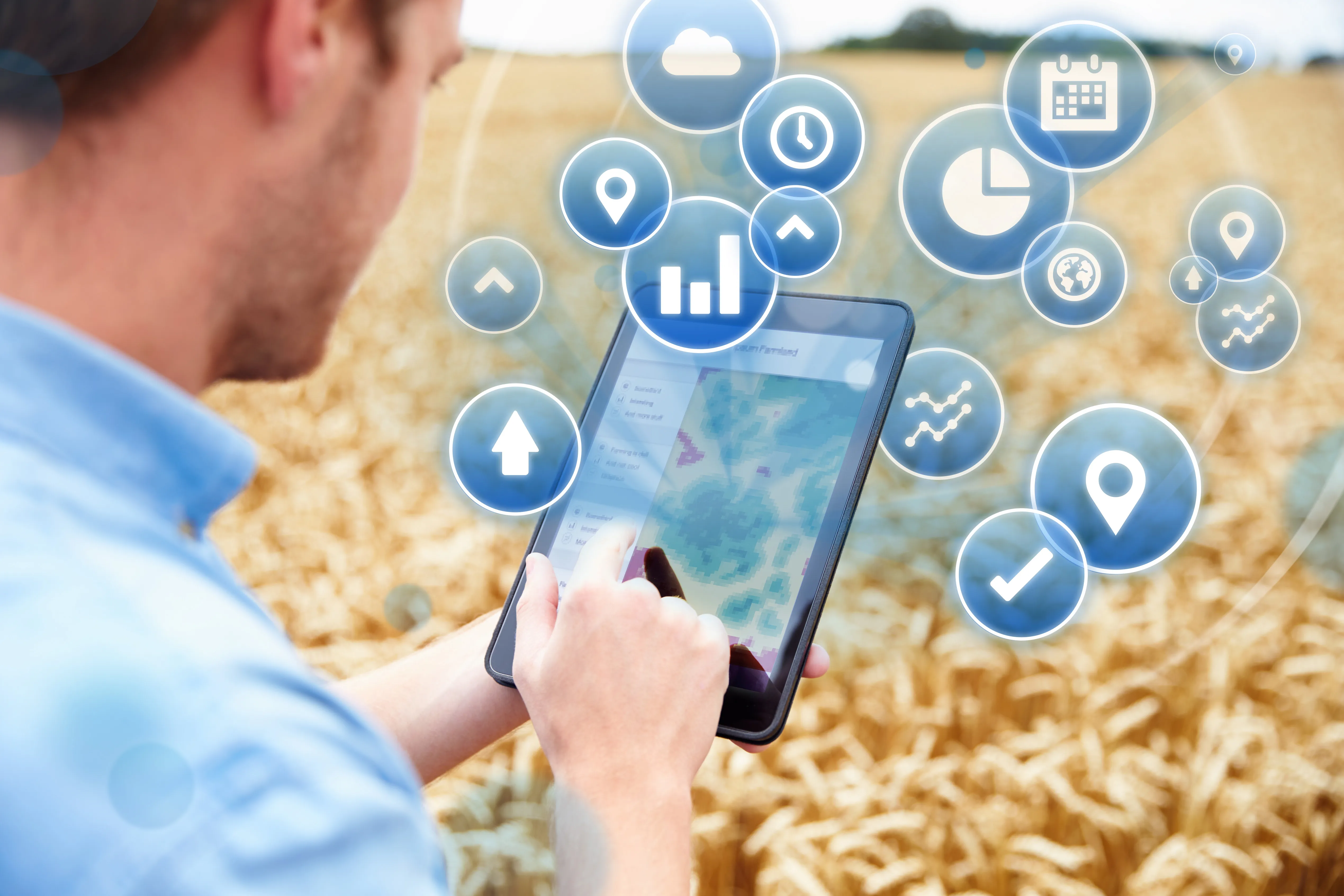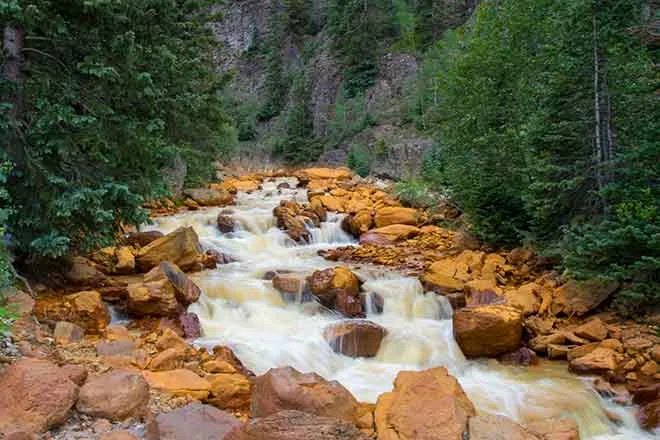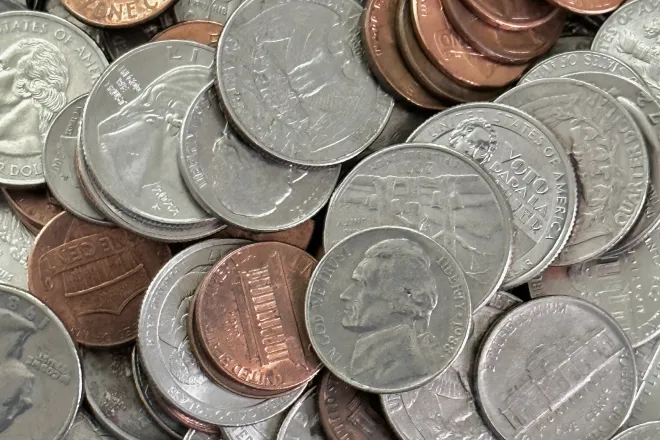
U.S. Department of Agriculture to spend $300M to boost climate data in farming, forestry
(Colorado Newsline)The U.S. Department of Agriculture will spend $300 million to better measure the effectiveness of techniques to lower carbon emissions in farming and forestry, the department said Wednesday.
The funding comes from a $20 billion allocation for climate-smart agriculture in the climate and social policy law Democrats in Congress passed along party lines and President Joe Biden signed last year.
It will be used to establish standards and reporting networks to give farmers and foresters better data to inform their climate practices, Agriculture Secretary Tom Vilsack said on a Tuesday call with reporters previewing the announcement.
Agriculture and forestry are key sectors in advancing Biden’s climate agenda, Vilsack said. Biden has set a goal of reducing carbon emissions by at least 50% from 2005 levels by 2030.
“But to do that, we’ve got to get the science and innovation right,” Vilsack, a former governor of Iowa, said. “We have to have accurate, reliable measurements of the impact and effect of the changes and the practices that we’re embracing.
“We get those from constantly monitoring those practices and making sure that we’re reporting them and verifying those results. That’s going to allow us to know what works and, frankly, what doesn’t.”
About 10% of total U.S. greenhouse gas emissions in 2021 came from agriculture, according to the U.S. Environmental Protection Agency.
The department will establish a soil carbon monitoring and research network, create a greenhouse gas research network, expand data management infrastructure and improve models and other tools for measuring greenhouse gas outcomes, according to a USDA statement.
The agriculture sector already collects data and provides estimates on carbon emissions and sequestration, said Bill Hohenstein, the director of the USDA’s Office of Energy and Environmental Policy. But existing data collection is done haphazardly, leaving some areas uncovered and others with only out-of-date information, he added.
The national networks will allow for sharing high-quality information, Vilsack said.
“This is going to put a finer point on our ability to collect information and data. It’s going to allow us to better coordinate that information,” Vilsack said. “It’s going to allow us to accumulate more information from a variety of sources, not just what’s happening on the ground.”
More accurate data could also help make a stronger case for continuing to fund agriculture programs dedicated to climate solutions as lawmakers write a new farm bill this year, Vilsack said.
The spending is part of a larger federal strategy on greenhouse gas measurement and monitoring for agriculture and forestry that the Biden administration plans to introduce Wednesday, Vilsack said.
Colorado Newsline is part of States Newsroom, a network of news bureaus supported by grants and a coalition of donors as a 501c(3) public charity. Colorado Newsline maintains editorial independence. Contact Editor Quentin Young for questions: info@coloradonewsline.com. Follow Colorado Newsline on Facebook and Twitter.
















